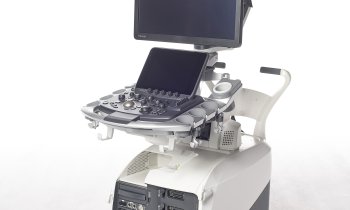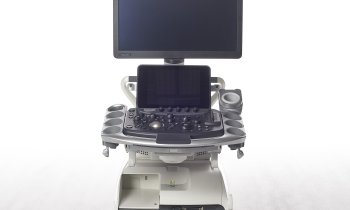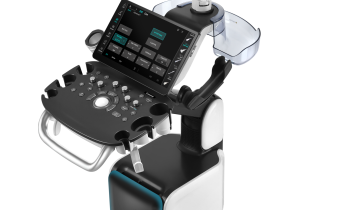‘Ode’ to the liver
‘Like the original Ode to the Liver, by Pablo Neruda, I too hope not to be betrayed by my liver. At least, not today!’

Thus Professor Carlo Bartolozzi, internationally renowned researcher based in Italy’s University of Pisa, and section editor for the journal European Radiology, opened his Josef Lissner Honorary Lecture at this year’s ECR. And so began a journey of hepatic exploration, as the professor led the minds of the audience, in the packed lecture theatre in Vienna, through the anatomic structure, to the relationship between modern imaging techniques and effective patient management, and including a 1970s Nobel Prize Winner for Literature along the way.
The liver is not only at the centre of the human body, he noted, but is also at the centre of progress in radiology. The organ is unique and highly complex; it undertakes more than 100 different functions and, thanks to modern radiological tools, we are able to display intricate images of its complicated vascular architecture and highly polarised cellular activity.
Moreover, radiologists can characterise and quantify a wide range of pathologies that may affect the liver, using this information to inform therapeutic planning and optimise patient management.
‘In my opinion, the liver is for radiologists what the Matterhorn is for alpinists – a sort of “litmus test” for measuring your skills and for the maturity of any imaging method, as every technique has upgraded its performances to address liver-specific issues,’ Professor Bartolozzi pointed out. ‘Today, therapeutic management for hepatocarcinoma is strongly dependent on the results of diagnostic imaging,’ he added; and surely few people should appreciate more just how valuable radiology is in this regard.
The professor’s main interests are oncology and gastrointestinal radiology, fields in which he has developed, from experimental work, a series of innovative tools that include ultrasound microbubbles, multi-slice CT perfusion imaging and magnetic resonance elastography for liver imaging. These and other developments perhaps still in the research lab, will soon be brought into clinical use, if they are not already improving patient care.
During this Honorary Lecture, Professor Bartolozzi discussed in detail the mechanisms and physiological effects on a cellular level of various types of liver damage, describing hepatocarcinogenic as ‘the unfortunate natural outcome of liver structure remodelling’.
Providing a comprehensive and engaging analysis of hepatic mechanisms in normal versus pathologic scenarios, including some insights into less well understood cell roles and the effects of vascular changes in response to disease, he concluded that radiology is today a vital link between liver disease and treatment.
‘There is no other organ in which interventional procedures play a larger role, using images for treatment guidance and for evaluating the post-treatment response – thus determining an “image-therapy continuum”.’
He added: ‘Modern imaging can now pick out any number of pathological indicators and changes, building evidence that allows us to make a more confident diagnosis.’
This, he said, puts radiology directly at the centre of a crossroads in patient management.
Report: Rob Skelding
01.05.2009











